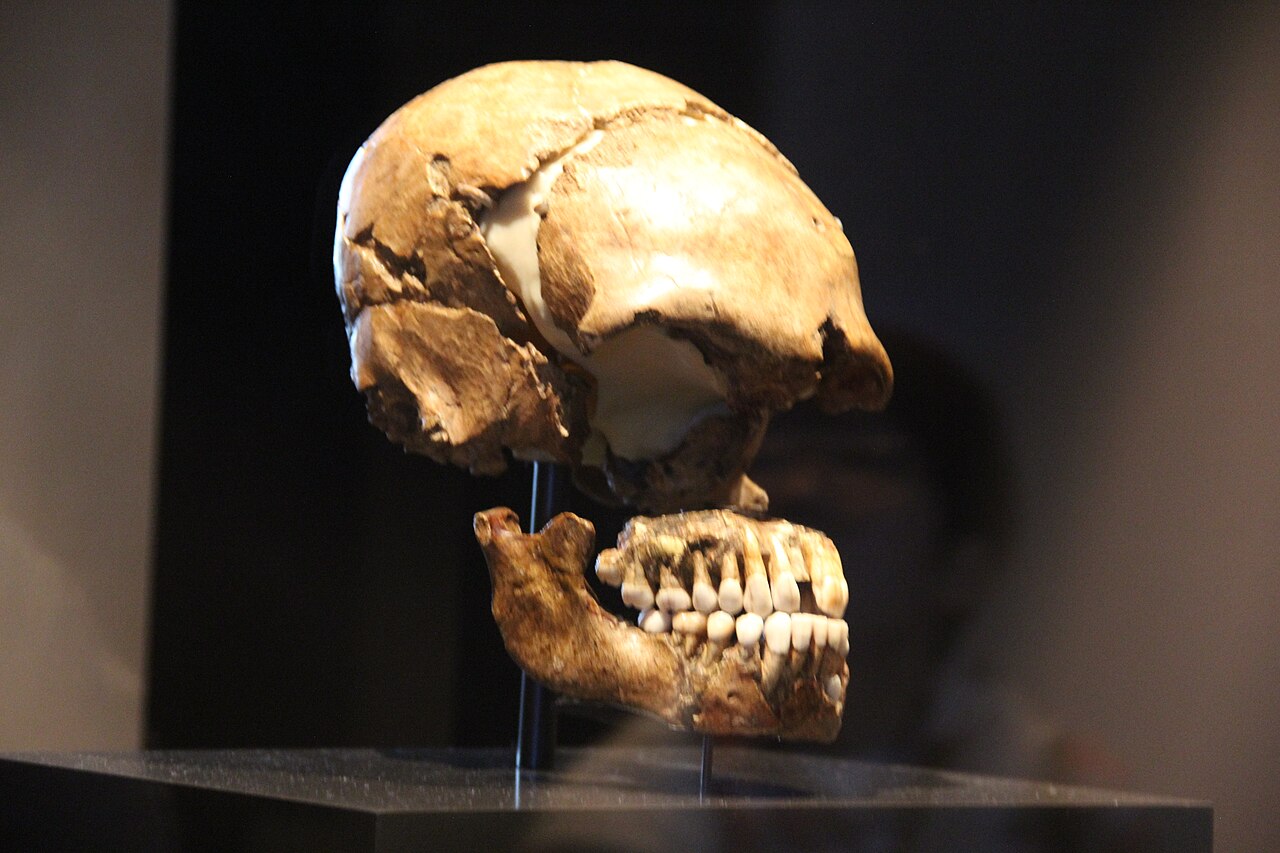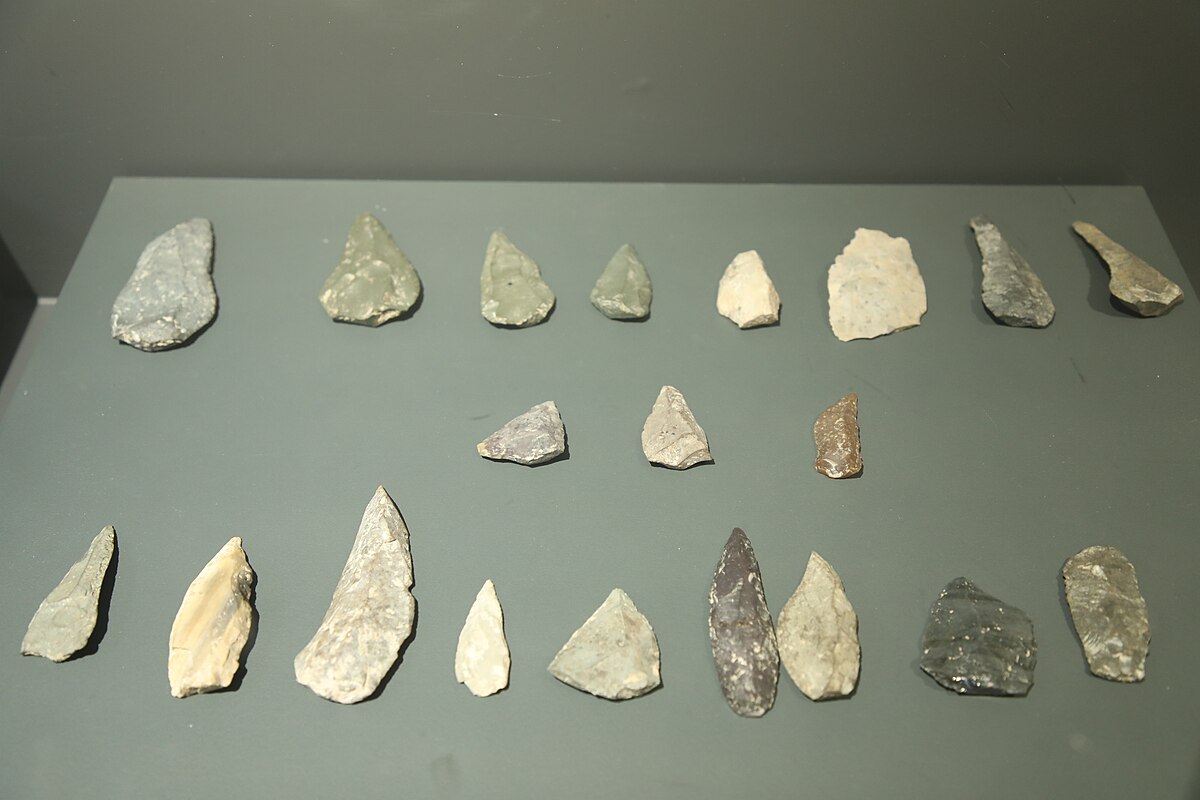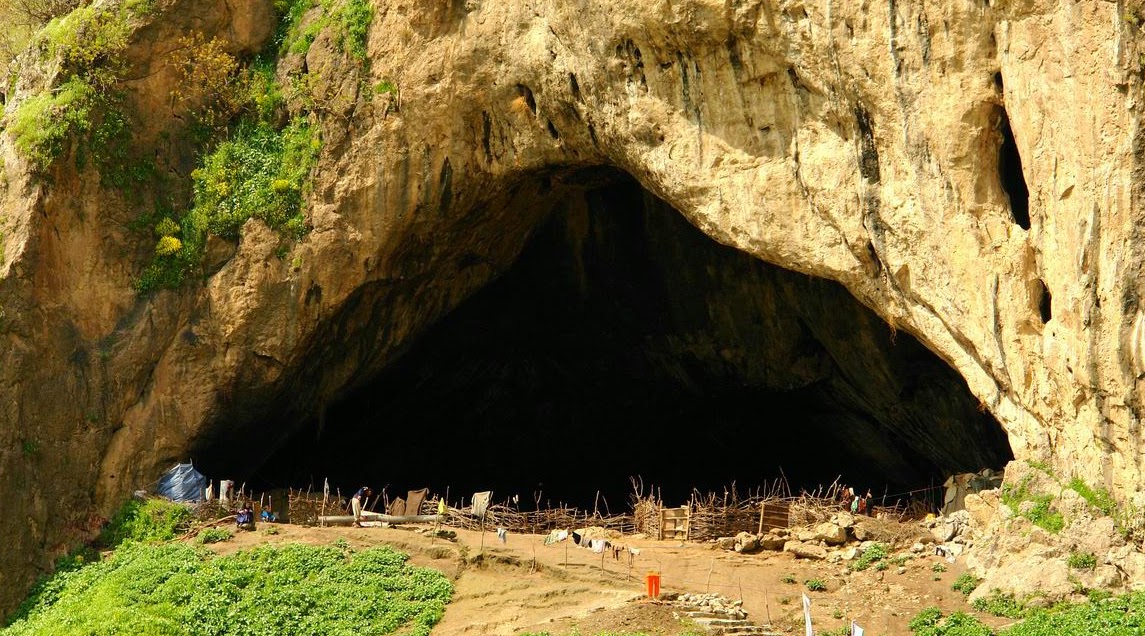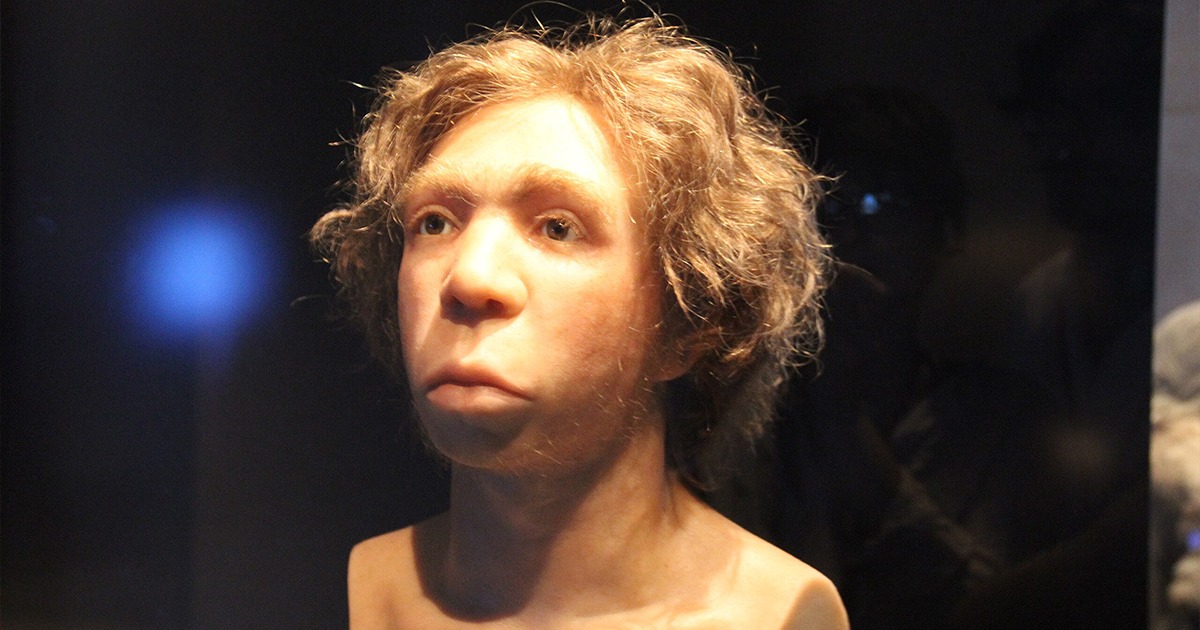Across caves and rock shelters from Iberia to western Asia, Neanderthal remains have been quietly reframing what medicine looked like before writing, before clinics, before even our own species took centre stage. The shift began with small things: a pollen grain trapped in ancient plaque, a fleck of plant fibre on a stone flake, residues in cave sediments that still hold chemical fingerprints after tens of millennia. Put together, they suggest that Neanderthals did not only hunt and butcher. They also noticed which plants soothed, which eased fever, which dulled pain. That observation is now guiding modern researchers who are testing the same species for antimicrobial and anti-inflammatory properties.
Older images of Neanderthals focused on muscle and cold weather grit. The research of the past two decades paints a different character. Here is a hominin with a careful eye, a memory for seasonal growth, and a willingness to tolerate bitter flavours when the reward was comfort or healing. That picture does not turn them into proto-pharmacologists in a modern sense. It does show that practical knowledge of plants can arise wherever sharp minds and careful habits are given time.
Clues in the teeth
Dental calculus, the mineralised plaque that builds up along the gumline, has become a time capsule. Within it, microscopic fragments of the past lie sealed away: starch granules, phytoliths, pollen, and traces of plant chemicals. Studies on Neanderthal teeth from several sites have reported bitter, medicinal plants that offer little food value. Yarrow and chamomile appear frequently in the discussion. Poplar shows up too, notable because its bark contains salicylates that can act as a pain reliever. One individual with a dental abscess carried evidence of such bitter plants along with other markers of inflammation. The match between condition and potential remedy is hard to ignore.
Objections arose quickly, as they should. Could the plants have been eaten accidentally with other foods. Might they have entered the mouth through environmental contamination. These are valid concerns, yet patterns tell their own story. Chamomile’s bitterness is a barrier unless there is a reason to push through it. Repeated signals of non-nutritive species across different individuals and sites strengthen the case for deliberate choice.

Residues on tools and in caves
Teeth are not the only archive. Stone tools sometimes carry residues that survive in sheltered contexts. Under a microscope, fibres and starch grains can still be identified to plant families and, in fortunate cases, to likely genera. Wear patterns match repetitive tasks: scraping fibrous stems, abrading tough bark, grinding roots. In cave sediments, botanical fragments and chemical traces cluster near hearths and working floors. Shanidar in the Zagros is often mentioned in this context, where Neanderthal remains and plant evidence converge in layers associated with daily life and burial practices. The findspots do not confirm recipes, yet they speak to routine handling and processing of specific species.
Several sites record stimulant or decongestant plants in their assemblages, alongside a range of aromatic species. Whether these served ritual, flavour, medicine, or all three at once is hard to separate. The likelihood that a single plant could carry more than one role is high. In small communities, usefulness rarely sits in tidy categories.
From clues to experiments
The move from suggestion to testing has brought archaeobotany into conversation with pharmacognosy. Researchers grow or source the same species linked to Neanderthal contexts and then compare chemical profiles with what turns up in ancient samples. Laboratory work uses tools such as liquid chromatography coupled to mass spectrometry to map compounds, along with microbial assays that test extracts against common bacteria and fungi. Where the plant lists include well-known medicinals, results tend to confirm older reputations. The interesting part is what happens when less familiar species show measurable effects too.
There is also interest in synergy. Plant mixtures can act in combination, sometimes with greater effect than isolated compounds. If a bitter bark, a resin, and a flower were chewed or boiled together, the resulting infusion could behave differently from any single ingredient. This is not romantic speculation. It is a practical line of inquiry in modern drug development, particularly as resistance to standard antibiotics spreads.

Shared knowledge or parallel discovery
Did Neanderthals teach modern humans anything about plants, or did each species arrive at similar habits by watching the land and paying attention to outcomes. The archaeological record offers overlap in plant choices across Neanderthal and early Homo sapiens sites. There are two easy explanations. Knowledge could have travelled along social contact. Or, quite simply, the same problems lead to the same solutions when two groups live in similar environments and have similar needs.
Ethnographic parallels show how fast practical knowledge can spread when it works. A remedy that eases a child’s fever, calms a stomach, or soothes a tooth will move from family to family without ceremony. Millennia earlier, nothing prevents a similar exchange across neighbouring groups, especially where hunting grounds and seasonal camps come close.
How these medicines could have been prepared
Practical methods require little equipment. A fire, a vessel, a stone slab, a pestle-like tool, patience. Leaves and flowers lend themselves to infusions or gentle decoctions. Tougher barks and roots respond to pounding or long simmering. Resins and pitches soften with heat and can be spread on cuts or chewed to release aromatic compounds. Ethnographic records show fats, marrow, or honey used as carriers when flavour or texture needed calming. There is no barrier to Neanderthals applying similar tricks once they saw results.
Clues in the toolkit support this picture. Abrasive wear on specific scraper edges matches plant processing rather than hide work. Grinding stones in some Middle Palaeolithic contexts show residues consistent with roots or rhizomes. Adhesives such as birch bark pitch appear in hafting, and that pitch carries phenolic compounds with antiseptic properties. Even smoke has a role. Hearths do more than warm and cook. Smoke dries herbs, keeps insects away, and acts as a preservative. A smoky shelter also means inhaled plant volatiles that can open the sinuses or dull the edge of pain.

Modern medical relevance
Why return to Ice Age plants in the age of synthetic chemistry. Two reasons stand out. First, there is still room in medicine for compounds that work in ways our current drugs do not. Plants operate as miniature chemical factories, producing defensive molecules that bacteria and fungi have been encountering for millions of years. Some of those molecules disrupt biofilms, some punch holes in cell walls, some interfere with signalling. They offer starting points for new therapies or adjuncts that make existing antibiotics more effective.
Second, traditional and prehistoric choices often point to species with complex effects rather than single actions. A bark that eases pain and also lowers fever. A leaf that reduces swelling and calms the gut. Multi-target actions can be valuable in settings where patients present with overlapping problems, where the line between infection and inflammation blurs, and where supportive care matters alongside direct antimicrobial attack.
Researchers testing plant extracts linked to prehistoric use are building datasets that compare efficacy against reference strains of bacteria and fungi, as well as inflammatory markers in cell cultures. Positive signals do not immediately translate to a clinic, yet they clear the first hurdle: measurable activity at realistic concentrations. The next steps are familiar. Isolate active fractions, assess toxicity, check stability, explore delivery. There is nothing mystical here, simply careful science guided by old choices.
Challenging stale stereotypes
The idea that Neanderthals recognised and managed illness contributes to a broader reframing of their minds and societies. Medicinal knowledge implies observation, memory, and teaching. It suggests that the community valued people who noticed patterns and shared them. It hints at a social fabric that made room for more than hunters. A person with a tender tooth, a child with a fever, an elder with aching joints, each becomes a reason to keep certain plants close by the hearth and to pass on instructions about when and how to use them.
Healed fractures and other signs of survival after serious injury already point to care within groups. Add plant use to the picture and the result looks less like a harsh scramble and more like a community that invested in its members’ recovery. That investment is one of the quiet engines of cultural stability.
Method matters: sorting signal from noise
Ancient evidence is fragile and easily misunderstood. Researchers who work on dental calculus, tool residues, or sediments spend much of their time excluding contamination and testing alternative explanations. Sampling protocols keep modern plant material away from the specimens. Control samples from surrounding layers check for background signals. Chemical markers are compared across independent laboratories. None of this guarantees certainty, but it does reduce the odds that a stray pollen grain from a researcher’s lunch ends up in the dataset.
Debates continue, as they should. Not every claim will hold. Some plants may have been chewed for reasons other than medicine. A flower used as bedding could leave a trace that mimics deliberate dosing. Careful work tends to narrow the field to candidates that make sense across multiple lines of evidence: repeated appearance, known bioactivity, and plausible preparation methods within the Middle Palaeolithic toolkit.
What this tells us about knowledge
Medicinal plants are only one thread in a wider fabric. To use them well, a group needs calendars, maps of seasonal abundance, and social habits that protect and transmit what works. In small bands spread thinly across landscapes, the loss of a few elders can erase hard-won understanding. The persistence of particular plant choices across time suggests that memory was protected and rehearsed. Quiet evenings by the fire would have served as classrooms long before clay tablets and ink.
There is also a lesson about how innovation looks outside modern laboratories. It is rarely a single leap. Instead it is a chain of observations that accumulate into practice. Chew this bark when the tooth aches. Boil these leaves when the child coughs. Avoid those berries unless you want a restless night. Practical wisdom of this kind is science in its earliest clothes: hypothesis, test, remember, share.
Paths for the next decade
Work is moving on three fronts. First, more sites and better sampling. Caves in the Caucasus, the Levant, and Central Europe are yielding material that can be re-examined with newer methods. Second, finer chemical tools. As analytical instruments improve, compounds that once lay below the threshold of detection now enter the conversation. Third, microbiome studies. Ancient plaque carries DNA from mouth bacteria that shaped health and disease long before toothbrushes. Understanding how plant use interacted with those communities could open routes to therapies that tune balance rather than simply kill.
Field and lab will feedback into each other. A tool with plant polish in one trench prompts a hunt for matching residues in another. A promising antimicrobial signal in a modern extract sends researchers back to map where the plant grows wild near known Neanderthal sites. Little by little, a healthcare landscape begins to take shape over maps that once showed only mammoth trails and flint scatters.

A measured thought to end
It is easy to push beyond what the evidence will bear. Neanderthals did not run pharmacies, they did not write dosage charts, and they did not leave behind handbooks. What they did leave hints at attention and care. Teeth tell of bitter plants when infection was present. Tools and sediments add context. Modern labs confirm that several of those plants do real work on microbes and inflammation. That is enough to warrant patience and more testing.
There is a practical payoff too. When the search for new drugs looks beyond pure invention to old, field-tested choices, medicine gains a broader base. In that sense, the work on Neanderthal plants is not nostalgia. It is a reminder that useful ideas can be very old, and that careful eyes in a Palaeolithic valley sometimes saw what we still need today.
